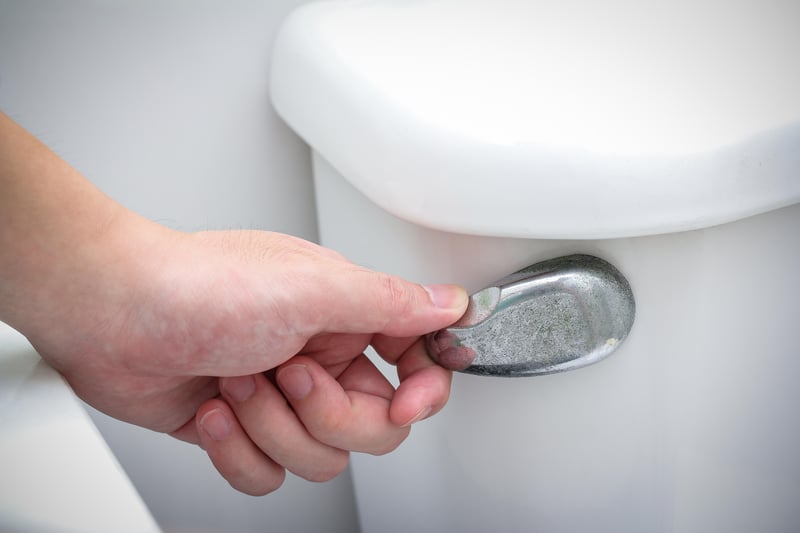Get Healthy!

- Posted January 20, 2023
Report Outlines National Plan to Test Wastewater for Harmful Germs
The pandemic brought the utility of testing wastewater to gauge viral spread to the fore.
Now, experts at the independent National Academies of Sciences (NAS) have issued a report outlining a roadmap for the broader surveillance of Americans' wastewater.
The report "reviews the usefulness of community-level wastewater surveillance during the pandemic and assesses its potential value for control and prevention of infectious diseases beyond COVID-19," the NAS said on its website.
As the NAS explained, people naturally shed the DNA of viruses, bacteria and other pathogens in their stool, which of course makes its way into local wastewater systems.
So, efforts to test and track wastewater "can be used to identify changing levels of a pathogen or identify newly emergent variants in a community," NAS said in a news release accompanying the report.
Such surveillance -- especially the National Wastewater Surveillance System (NWSS), set up in 2020 by the U.S. Centers for Disease Control and Prevention -- ended up being crucial to track the spread of SARS-CoV-2.
According to the new report, "As of October 2022, the NWSS comprises more than 1,250 sampling sites, covering a population of more than 133 million individuals."
"Wastewater surveillance data proved to be useful during the pandemic to inform public health action, such as the allocation of public health and clinical resources, and will remain a critical data source in responding to the virus," the NAS noted. "As at-home COVID-19 testing rose, individual reporting of cases decreased, emphasizing the importance of other tools such as wastewater surveillance for monitoring new variants and their spread."
Besides monitoring SARS-CoV-2, NWSS was also instrumental in tracking the introduction and spread of poliovirus and mPOX (formerly known as monkeypox) virus in the United States.
All this surveillance was done sporadically, on an as-needed basis. The new NAS report supports a more coordinated, long-range surveillance plan, to spot and follow the spread of future outbreaks.
Any such effort would require an educated and compliant public, however.
"Looking forward, the success of a national wastewater surveillance program for infectious diseases relies on building public trust in the system, especially when 'surveillance' can be such a charged term in some communities,"said Guy Palmer, the Regents Professor of Pathology and Infectious Diseases at Washington State University, and chair of the committee that wrote the report.
"Investment in this national system is important for strengthening public health, but sustaining that investment requires clearly communicating how wastewater surveillance benefits our communities while addressing privacy concerns,"Palmer added.
Guidelines need to be developed on the ethical use of data gleaned from wastewater surveillance, which could turn up traces of other substances, including illicit drugs. There should therefore be "a strong firewall to preclude use of data by law enforcement," NAS noted.
Ideally, an optimally effective wastewater surveillance program would be able to "track multiple pathogens simultaneously," NAS said, and "pivot quickly to detect emerging pathogens." It would also build equity into its framework, making sure that all types of communities across the country benefit.
Some "hotspots" for infection spread could be prioritized, of course. "Specific 'sentinel' sites should be incorporated, such as large international airports or zoos, to monitor for specific emerging pathogens at their points of entry," NAS explained.
And while much of the pandemic-era surveillance by NWSS was conducted by volunteers, any expanded, permanent national program would need a paid, trained workforce.
Already, the CDC has launched two Centers of Excellence focused on wastewater surveillance, to help bolster research and training.
The new report was sponsored by the U.S. Department of Health and Human Services.
More information
Find out more about wastewater surveillance at the CDC.
SOURCE: Wastewater-based Disease Surveillance for Public Health Action, National Academies of Sciences report, Jan. 19, 2023







